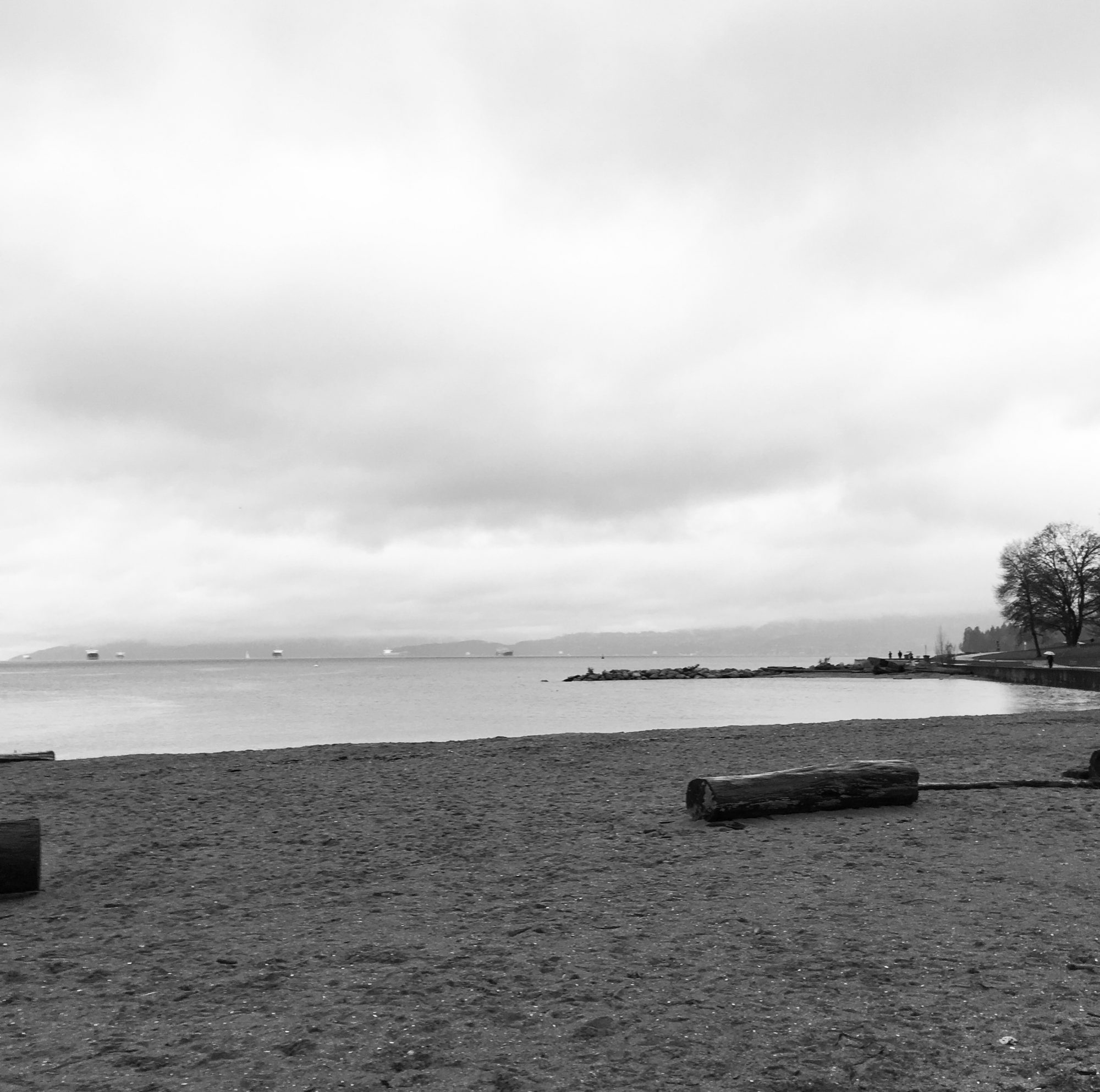In First Nations and Indigenous Studies 100, we have reflected on the historical and contemporary issues within Indigenous communities that have arise because of colonialism and some of the ways that Indigenous peoples are reclaiming their identities, becoming self-sovereign entities, and overall undergoing processes of decolonization.
In the face of stereotyping seen in contemporary culture towards First Nations peoples, it is refreshing to learn about the ways that Indigenous peoples are rebuilding themselves. In FNIS 100, we learned about how Indigenous peoples are switching the narrative, with films and novels being told about Indigenous topics from an Indigenous perspective. My mother, and Indigenous woman, took notice of this, with the recent viewing of a film titled, “An Elder in the Making”, that she was all too excited to tell me about and discuss. Indigenous film has created a platform that my mother can tell me about her frustrations about contemporary culture and the way it treats First Nations. I found that through our learning about Indigenous cinema, how stereotype and ‘spectacularized’ Indigenous culture is through a white gaze. This links back to a reading from SOCI220 – Sociology of Indigenous peoples, titled “Spectacle and spectres: settler colonial spaces in Vancouver” written by Natalie J.K. Baloy. This reading points out how through settlers ‘acknowledging’ Indigenous culture, they are really reducing it to entertainment, such as through the artwork and displays at YVR or through the totem poles in Stanley Park. What these displays do not acknowledge are the negative relationships that Indigenous peoples and settlers have had, and that nothing has been resolved. That’s where the spectres come in, that Indigenous peoples are still haunting areas, such as the DTES, and further emphasize the lack of resolution.
